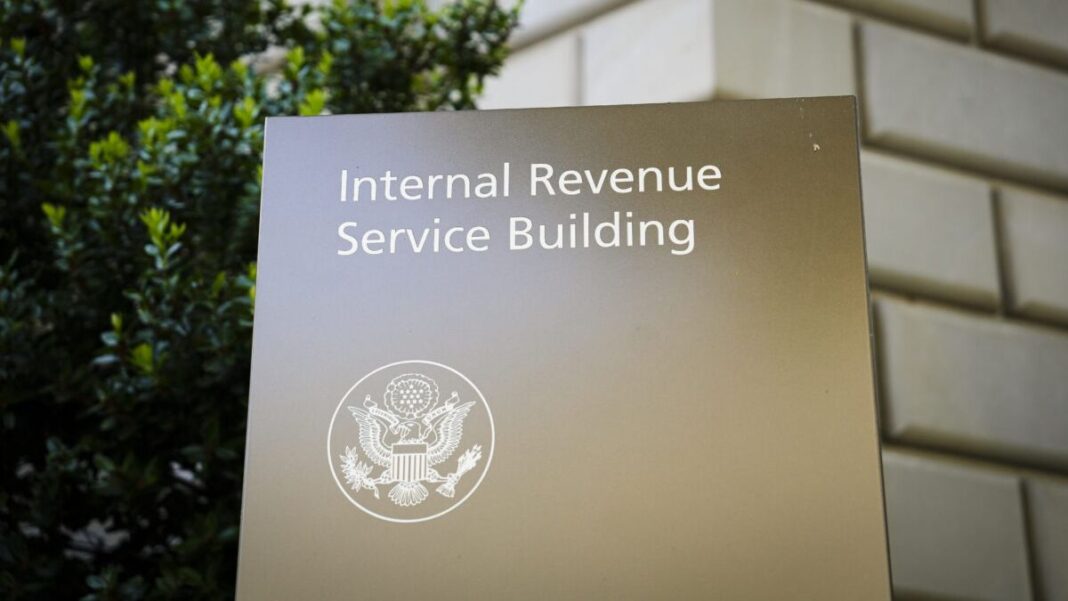The Internal Revenue Service (IRS) has announced that, thanks to a new funding boost, it’s launching a “sweeping, historic” tax enforcement initiative using artificial intelligence and other cutting-edge technologies to catch tax evaders more effectively.
“There is a sea change taking place at the IRS in every aspect of our operations,” IRS Commissioner Danny Werfel said in a Sept. 8 statement, which notes that the tax agency has completed a top-to-bottom review of its enforcement efforts and is girding to catch people “abusing the nation’s tax laws,” thanks in part to cutting-edge tech.
“The changes will be driven with the help of improved technology as well as Artificial Intelligence that will help IRS compliance teams better detect tax cheating, identify emerging compliance threats and improve case selection tools to avoid burdening taxpayers with needless ‘no-change’ audits,” Mr. Werfel said.
The new enforcement thrust is said to focus on higher-earning Americans and big corporations, with the IRS pledging not to increase audit rates for people earning less than $400,000 per year.
This has been an oft-repeated promise in the face of Republican assertions that working-class taxpayers would be subjected to tougher enforcement thanks to the tens of billions of dollars in additional IRS funding.
As part of the new enforcement crackdown, the tax agency said that it would prioritize cases involving taxpayers earning over $1 million but with recognized tax debt of more than $250,000.
The IRS said that, as it expands its effort to target higher-earning Americans, it has already identified 1,600 or so millionaires who owe hundreds of millions of dollars in taxes—in part thanks to the deployment of cutting-edge technology.
The IRS’ AI Facelift
The IRS said it expects AI tools to help boost tax enforcement of large partnerships, in particular.
To that end, complex computer algorithms have already been used by the agency to assist with identifying targets for tax enforcement.
The IRS said that “cutting-edge machine learning technology” has already played a role in helping the agency flag and open investigations into 75 of the largest partnerships in the United States, each with over $10 billion in assets on average.
By Tom Ozimek







